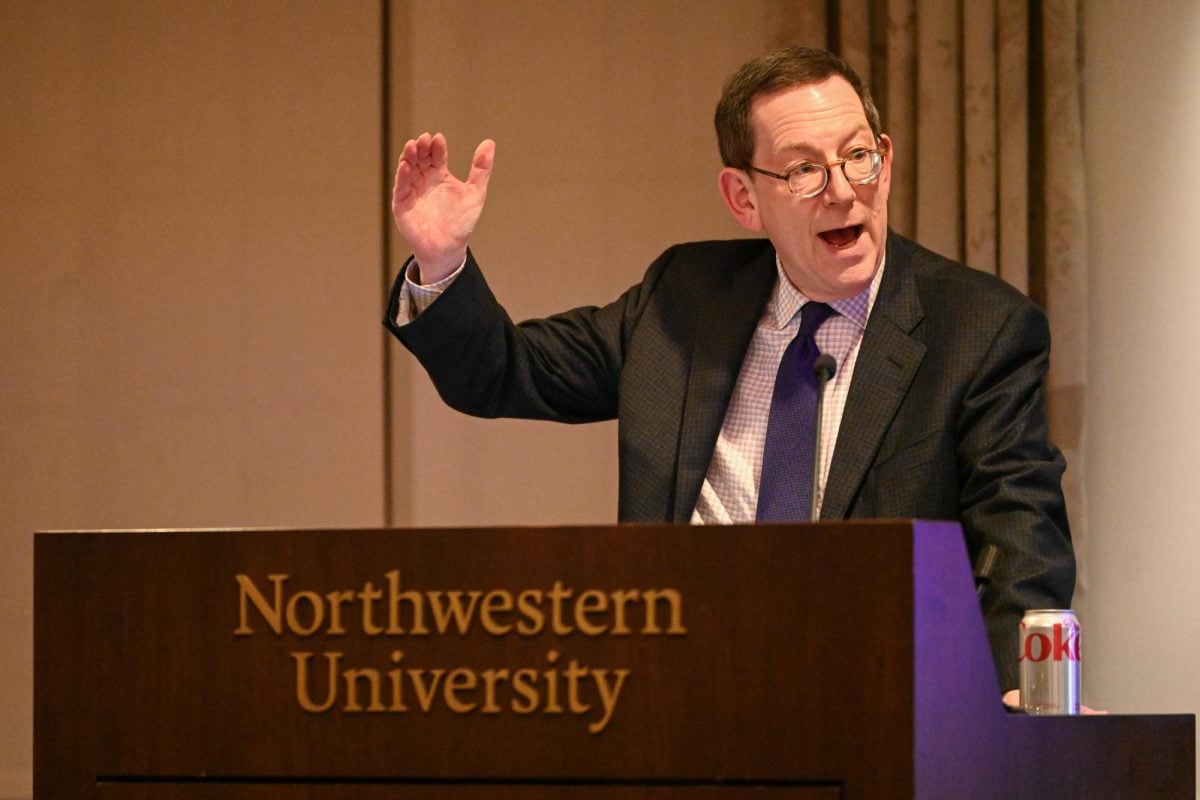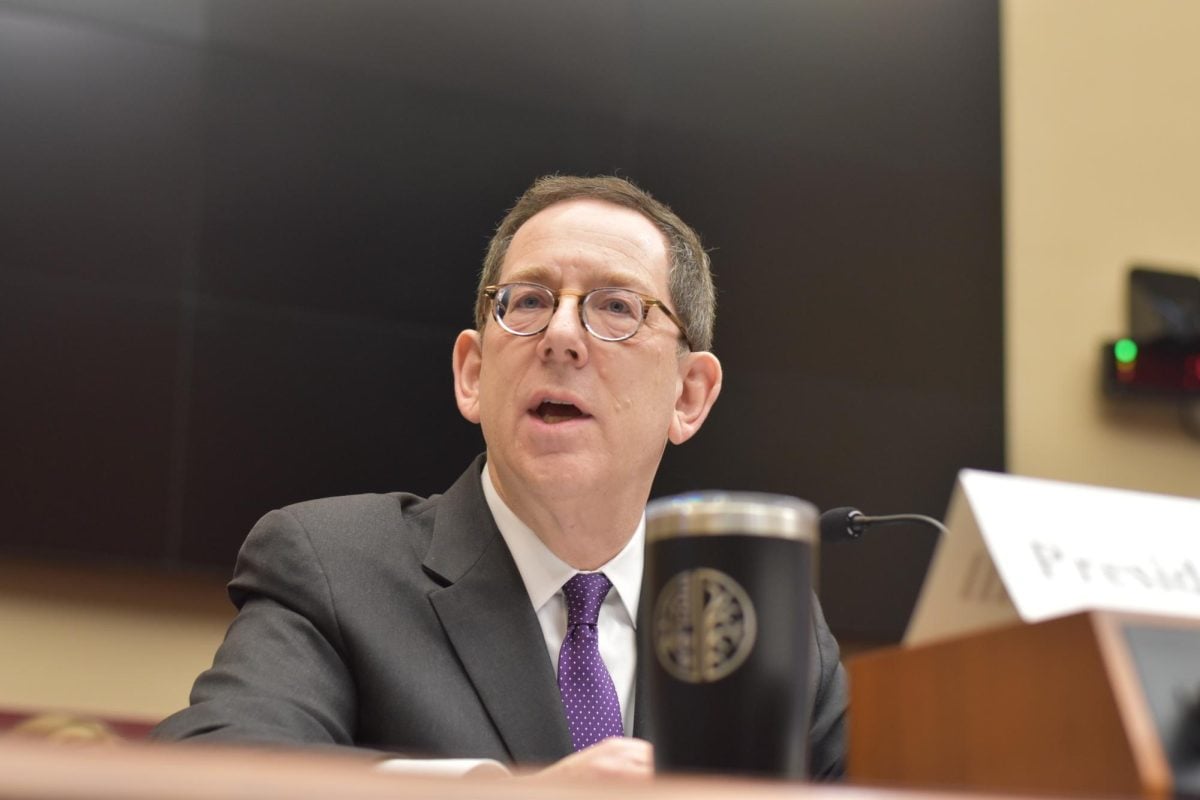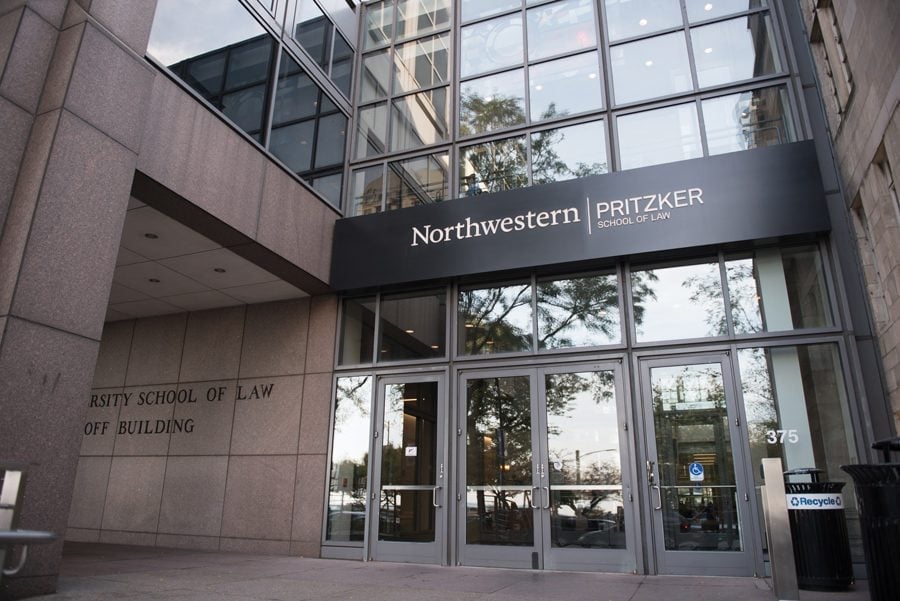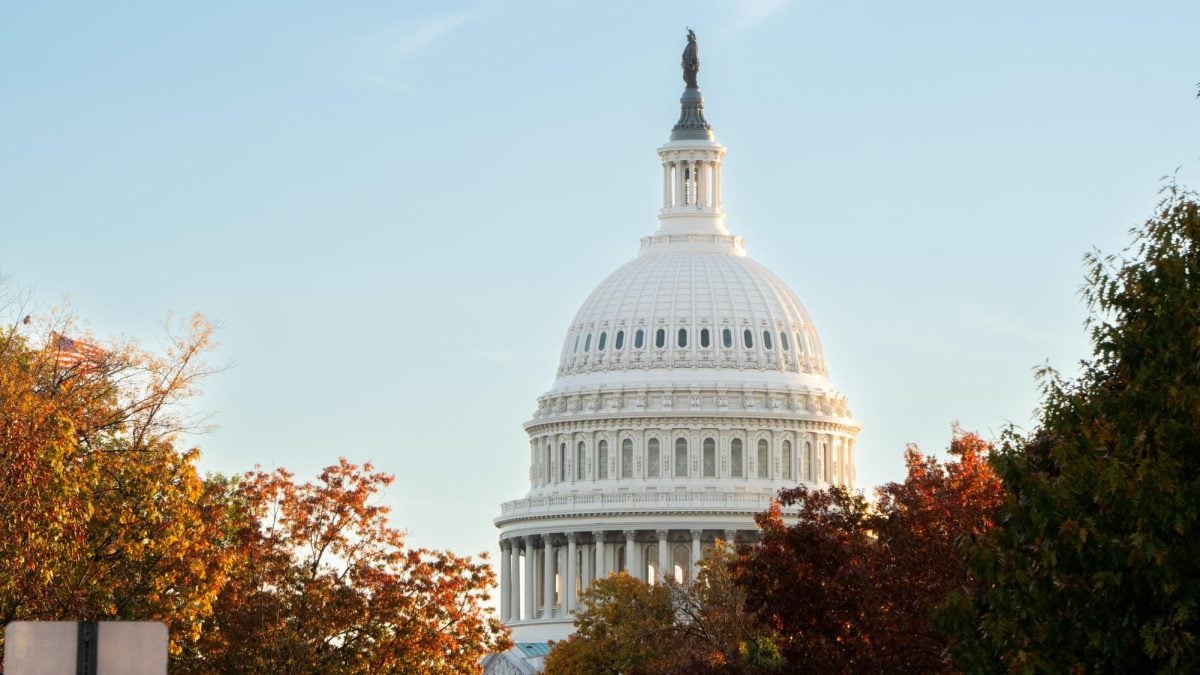Northwestern’s endowment, after shrinking 16.9 percent in fiscal year 2009, rebounded with a 12.4 percent increase to $6.3 billion in fiscal year 2010, which ended Aug. 31.
NU’s turnaround compared favorably to other schools, University President Morton Schapiro said.
“I don’t know if it’s lucky or we’re good, but we’ll take it,” Schapiro said , though he cautioned against blowing it out of proportion because many schools have yet to turn in their FY 2010 numbers and not every school measures fiscal years by the same dates.
Over the past 50 years, NU’s endowment has increased at an average annual rate of 7.5 percent, said Jim Hurley, associate vice president for budget planning, analysis and allocation. It peaked at more than $7 billion before falling to $5.6 billion at the end of FY 2009.
“Our goal is that hopefully the financial market will continue to recover and our endowment grows as fast as it can to return to its previous high of about $7.4 billion that it was before the financial tumble,” Hurley said.
A smaller decline
A number of NU’s peer schools experienced significant dips in endowment values when the recession hit. Endowments at Stanford University, Duke University, Washington University in St. Louis and Cornell University all decreased between 23 and 28 percent in value during FY 2009.
The diversity of NU’s portfolio prevented it from being hit as hard as other schools and let it bounce back fairly quickly, said William McLean, vice president and chief investment officer of investments and real estate.
“We run a diversified portfolio,” he said. “We have exposure to seven broad assets, so not all our eggs are in one basket.”
At the end of September, NU’s endowment value was estimated at approximately $6.3 billion, McLean said. Because NU held on to investments throughout the crisis and did not panic or try to raise a lot of cash, the University was able to recover quickly, he said.
Another factor that helped the NU’s endowment stay strong is that it represents a comparatively small percentage of the operating budget. At other schools, such as Yale, the endowment accounts for as much as 30 to 40 percent of the operating budget, he said. Therefore, they were forced to sell more of their endowment assets, even when prices were low, to maintain their spending levels. These sales help explain why their endowments suffered larger decreases in value.
NU’s endowment is only 18 to 19 percent of the operating budget, which gave the university flexibility and time to wait for the market to recover. While the market plunge did noticeably affect operations at NU, the impact was minimal.
The ‘Swensen’ strategy
Endowment investment strategy is a complicated business, and NU follows the general guidance of a investor who has proven to be successful.
NU uses the “David Swensen” investment model, Schapiro said. Swensen manages the endowment at Yale, and has helped that school’s endowment rise to its current level of about $16.5 billion, second in the nation only to Harvard.
Following this model, NU distributes its wealth amongst commodities, private equities, public equities and emerging markets, Schapiro said.
NU’s endowment investment strategy also includes being cautious, he said, so that in the event of another recession or a double dip in the current recession, the school is prepared.
Yale’s FY 2010 endowment growth, measured from last July 1 until this June 30, was only 8.9 percent, a disappointing level for the historically strong endowment program at the university.
Eighth-highest value
At $6.3 billion, NU has the eighth largest endowment in the country.
Still, it lags far behind the top universities. Harvard was at $27.4 billion at the end of FY 2010, Yale was at $16.5 billion and Stanford was at $15.9 billion. Princeton, which was the fourth-richest university in the nation in 2009, has not released its endowment number for 2010, but was valued at $12.6 billion at the end of FY 2009.
The sizable gap in endowments between these top four schools and the rest is largely due to history, McLean said. Those universities have been around longer, have had endowment programs for longer and have had bigger capital campaigns than NU, he said.
NU’s position on the list has improved in recent years, but it is unlikely to approach the top universities in the near future.
“We certainly can continue to move up a little bit,” McLean said. “We’ve moved up steadily over the last decade, but I don’t think we’ll pass Princeton, Yale, Stanford or Harvard anytime soon.”






